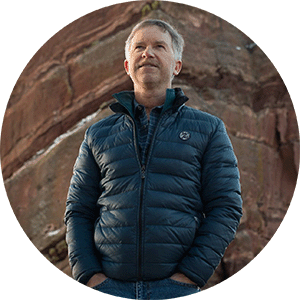Last updated: November 8, 2022
Article
Spatiotemporal Dynamics of CO2 Gas Exchange From Headwater Mountain Streams
Read the Paper Here
Explore Data Here
The USGS researchers found that precipitation events flush carbon from soils into streams, driving stream CO2 concentration and subsequent CO2 gas exchange at short time scales.

NPS Photo
At seasonal scales, CO2 concentrations in Rocky Mountain streams were strongly related to the accumulation and melt of snow. In winter, the snowpack acts as a barrier, limiting gas exchange between streams and the atmosphere and increasing aquatic CO2 concentrations in streams. During peak snowmelt, exchange increases strongly as the snowpack melts and runoff flushes CO2 from soil into streams
At annual scales, researchers found that stream CO2 concentrations and CO2 evasion fluxes were positively related to the amount of annual precipitation. Current climate models predict changes in precipitation types and patterns under warming temperatures. The relationship between precipitation patterns and CO2 concentrations and fluxes described in this study suggest that climate-driven changes in precipitation may induce positive or negative feedback loops between aquatic, terrestrial, and atmospheric components of the global carbon cycle.
Meet the Scientist

David Clow is a research hydrologist with the U.S. Geological Survey based in Denver. He graduated with a Ph.D. in geochemistry from the University of Wyoming in 1992.
"Place-based science in highly instrumented sites like Loch Vale allow researchers to dig deeply into mechanisms and processes that control how natural systems work, and how they respond to perturbations, like air pollution or climate change."






